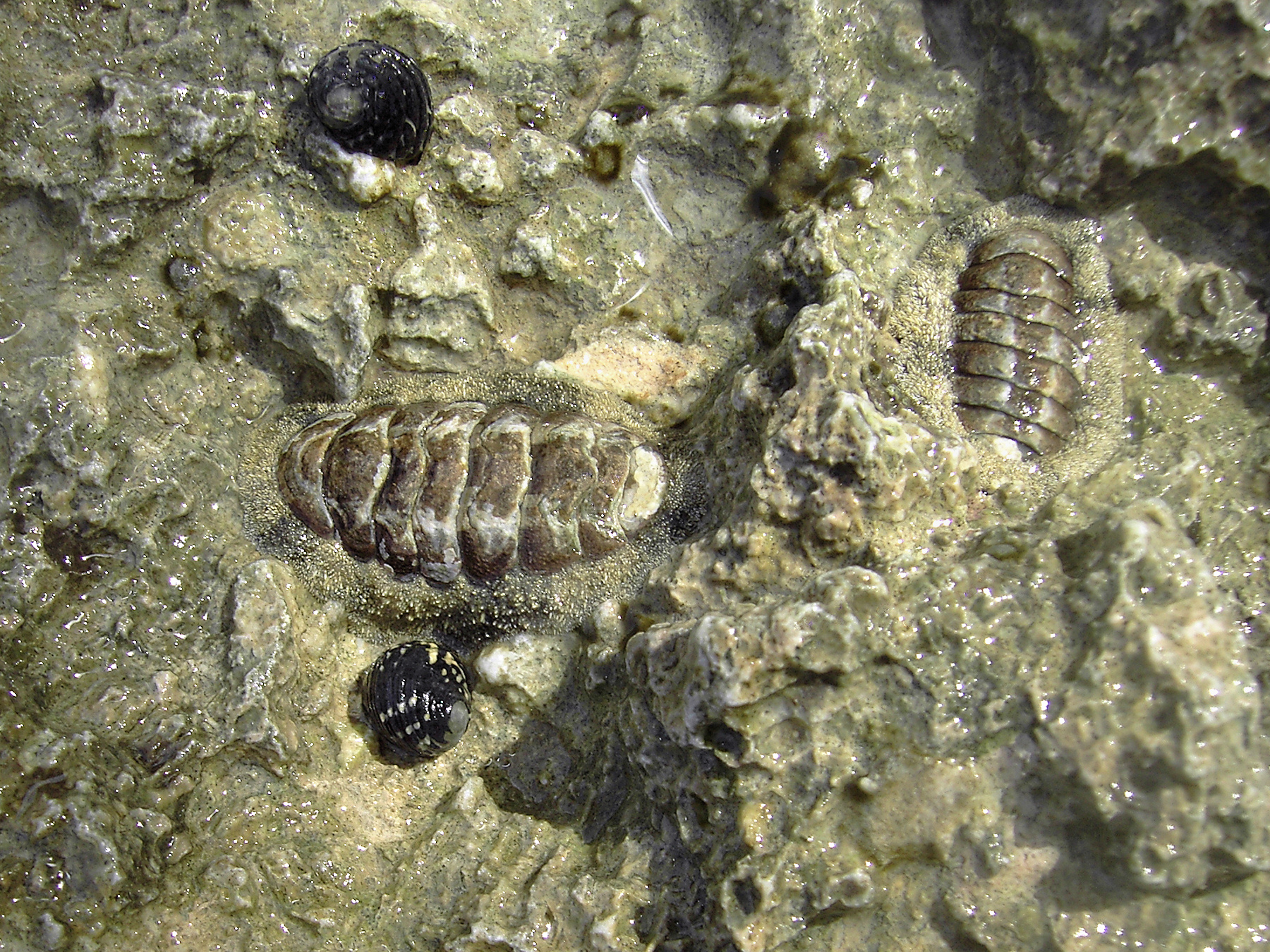|
Acanthochitona Armata
''Acanthochitona armata'' is a chiton of the surf zone endemic to Hawaiʻi Hawaii ( ; haw, Hawaii or ) is a state in the Western United States, located in the Pacific Ocean about from the U.S. mainland. It is the only U.S. state outside North America, the only state that is an archipelago, and the only s .... References * Liu, J.Y. uiyu(ed.). (2008). Checklist of marine biota of China seas. China Science Press. 1267 pp External links Pilsbry, H. A. (1893-1895). Manual of conchology, structural and systematic, with illustrations of the species. Ser. 1. Vol. 15: Polyplacophora (Chitons). Acanthochitidae, Cryptoplacidae and appendix. Tectibranchiata. pp 1-463, pls 1-58 {{Taxonbar, from=Q3797836 Acanthochitonidae Endemic fauna of Hawaii Molluscs described in 1872 ... [...More Info...] [...Related Items...] OR: [Wikipedia] [Google] [Baidu] |
William Harper Pease
William Harper Pease (1824–1871) was a 19th-century American conchologist, shell collector and malacologist. He described many species of Indo-Pacific marine mollusks from the Cuming collection. He moved in 1849 to Honolulu, from where he continued his research One of the genera he described and named was the sea slug genus: ''Philinopsis'' Pease, 1860 Several species were named in his honor : ''Favartia peasei'' (Tryon, 1880), ''Conus peasei'' J. Brazier, 1877, ''Amygdalum peasei'' W. Newcomb, 1870 and ''Hypselodoris peasei'' (Bergh, 1880) For many years, no image of Pease was known, until a 2021 paper revealed that two (one shown above) had been discovered in the Bishop Museum The Bernice Pauahi Bishop Museum, designated the Hawaii State Museum of Natural and Cultural History, is a museum of history and science in the historic Kalihi district of Honolulu on the Hawaiian island of Oʻahu. Founded in 1889, it is the lar ... Archives, Honolulu. Bibliography * Pease ... [...More Info...] [...Related Items...] OR: [Wikipedia] [Google] [Baidu] |
Chiton
Chitons () are marine molluscs of varying size in the class Polyplacophora (), formerly known as Amphineura. About 940 extant and 430 fossil species are recognized. They are also sometimes known as gumboots or sea cradles or coat-of-mail shells or suck-rocks, or more formally as loricates, polyplacophorans, and occasionally as polyplacophores. Chitons have a shell composed of eight separate shell plates or valves. These plates overlap slightly at the front and back edges, and yet articulate well with one another. Because of this, the shell provides protection at the same time as permitting the chiton to flex upward when needed for locomotion over uneven surfaces, and even allows the animal to curl up into a ball when dislodged from rocks. The shell plates are encircled by a skirt known as a girdle. Habitat Chitons live worldwide, from cold waters through to the tropics. They live on hard surfaces, such as on or under rocks, or in rock crevices. Some species live quite h ... [...More Info...] [...Related Items...] OR: [Wikipedia] [Google] [Baidu] |
Hawaiian Islands
The Hawaiian Islands ( haw, Nā Mokupuni o Hawai‘i) are an archipelago of eight major islands, several atolls, and numerous smaller islets in the North Pacific Ocean, extending some from the island of Hawaii in the south to northernmost Kure Atoll. Formerly the group was known to Europeans and Americans as the Sandwich Islands, a name that James Cook chose in honor of the 4th Earl of Sandwich, the then First Lord of the Admiralty. Cook came across the islands by chance when crossing the Pacific Ocean on his Third Voyage in 1778, on board HMS ''Resolution''; he was later killed on the islands on a return visit. The contemporary name of the islands, dating from the 1840s, is derived from the name of the largest island, Hawaii Island. Hawaii sits on the Pacific Plate and is the only U.S. state that is not geographically connected to North America. It is part of the Polynesia subregion of Oceania. The state of Hawaii occupies the archipelago almost in its entirety (i ... [...More Info...] [...Related Items...] OR: [Wikipedia] [Google] [Baidu] |
Acanthochitonidae
Acanthochitonidae is a family of chitons, marine molluscs in the class Polyplacophora. Description These small to large chitons are characterised by a broad girdle with erect tufts of up to ten large bristles. The coarsely granular valves of the shell are partially overlapped by the girdle. This girdle is all covered by coarse spines. The articulating flange, or ''articulamentum'', is well developed. The margin of the cephalic plate has about five slits. The lateral'' insertion plates'' all have a single notch. Genera According to the World Register of Marine Species The World Register of Marine Species (WoRMS) is a taxonomic database that aims to provide an authoritative and comprehensive list of names of marine organisms. Content The content of the registry is edited and maintained by scientific speciali ... (WoRMS) the following genera are included in this family * Acanthochitona Gray, 1821 * Amycula * Bassethullia Pilsbry, 1928 * Choneplax Carpenter MS, Dall, 1882 ... [...More Info...] [...Related Items...] OR: [Wikipedia] [Google] [Baidu] |
Endemic Fauna Of Hawaii
Endemism is the state of a species being found in a single defined geographic location, such as an island, state, nation, country or other defined zone; organisms that are indigenous to a place are not endemic to it if they are also found elsewhere. For example, the Cape sugarbird is found exclusively in southwestern South Africa and is therefore said to be ''endemic'' to that particular part of the world. An endemic species can be also be referred to as an ''endemism'' or in scientific literature as an ''endemite''. For example ''Cytisus aeolicus'' is an endemite of the Italian flora. ''Adzharia renschi'' was once believed to be an endemite of the Caucasus, but it was later discovered to be a non-indigenous species from South America belonging to a different genus. The extreme opposite of an endemic species is one with a cosmopolitan distribution, having a global or widespread range. A rare alternative term for a species that is endemic is "precinctive", which applies to s ... [...More Info...] [...Related Items...] OR: [Wikipedia] [Google] [Baidu] |


.jpg)